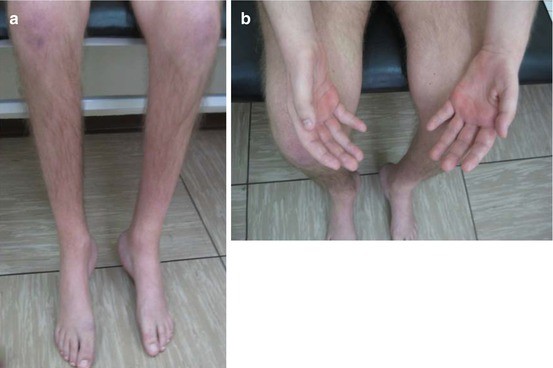
Charcot-Marie Tooth disease, also known as lateral shift neuropathy, is a progressive disease where the skeletal muscles surrounding the legs and arms gradually lose their muscle function. This causes the patient's legs to slowly begin to shift in the same direction each time they move. Eventually, the patient's legs will move in only one direction each time they walk.
If left unchecked, the disease can result in numbness, pain, and even paralysis to the nerves located around the affected limb. The loss of motor function and decreased strength ultimately lead to decreased function and diminished ability to properly control bodily functions.
Charcot-Marie Tooth disease was first identified in 1875 by French neurologist Jean Louis Le Moyne. Since then, there have been several medical treatments and various theories about why it occurs. One theory is that the disease begins when the nerves around the legs and arms are damaged in a manner that leaves the nerve cells damaged and unable to conduct impulses, which then causes the patient's muscles to contract in one direction.
Another theory that has been put forth is that Charcot-Marie tooth disease results from a hereditary condition wherein the patient's body produces insufficient amounts of the nerve chemicals acetylcholine and dopamine. In addition, the brain of the person suffering from the condition is often overactive, causing the nerves to become very sensitive to touch and cause the muscles to contract.
There are several different forms of treatment for this condition. In most cases, treatment involves surgery or prescription drugs that can be injected into the injury site. It is often recommended that the victim wear compression stockings to reduce swelling and increase blood flow to the affected area.
The effectiveness of treatment options varies greatly depending on the severity of the condition.
However, there are some common symptoms associated with the disease that help doctors diagnose the condition and recommend the best course of action to treat it

Some of the initial symptoms include weakness or numbness of the legs or limbs, discoloration or texture of the skin, or increased sensitivity to cold or heat. Although most patients do not have any outward signs or symptoms, if a person experiences any of these signs, they should see a doctor immediately.
It is important to note that getting rid of this condition is not easy, but it can slow its progression and possibly even cure it. The first step to recovery is determining the cause of the condition so that a correct diagnosis can be made. Correct diagnosis and treatment can improve movement, function, and overall health.
This disease usually occurs in people who live in areas where there is a lot of cold. A recent study from Chicago found that approximately eighty percent of detected cases are found in people who live in areas of the United States that endure long periods of winter.
While there are many treatment options available, natural remedies and holistic therapies are the best option for some people, while others may go for surgery and take medications to treat their conditions. Although the condition is relatively easy to treat, in many cases it can lead to serious complications or even death.
It is important that those who suffer from this condition seek proper medical care as soon as possible in order to avoid further complications or to help reduce the pain or discomfort that they are experiencing. There are also a variety of other factors that can be the cause of the disease and thus it is important to take the time to seek medical attention.
Proper health care can help individuals who are suffering from this disorder to enjoy a healthier, happier and more productive life. If left untreated, it can lead to more complications.
Leave a Reply